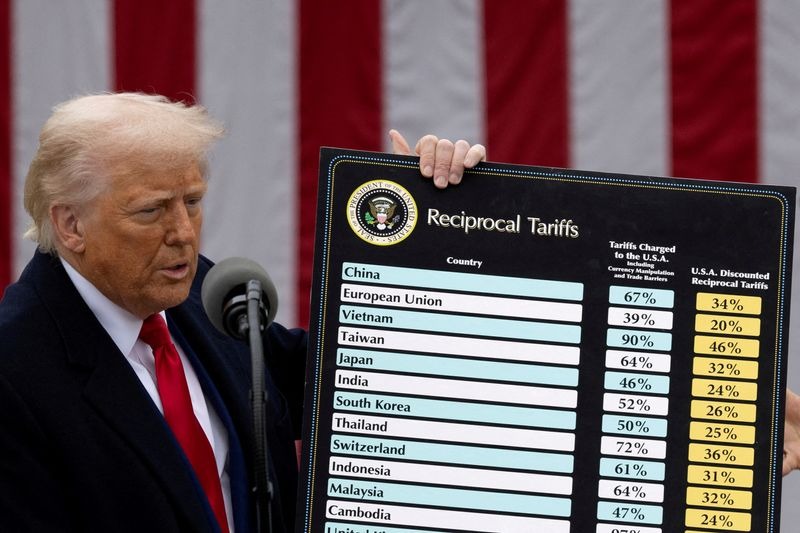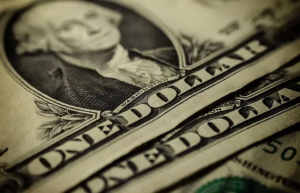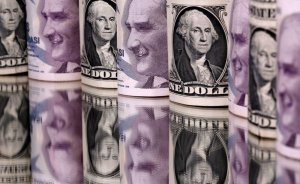According to a new analysis from Deutsche Bank this week, the Trump administration has “shocked the global trading system by resorting to trade policies not seen since the Great Depression.”
While conventional wisdom holds that tariffs worsen trade imbalances, Deutsche Bank argues the opposite may occur, at least temporarily.
“Contrary to the conventional wisdom, they could actually narrow the deficit to some extent,” the analysts wrote.
They cite a surprisingly muted foreign retaliation and the dollar’s depreciation as key dynamics. “The Trump tariffs have led to dollar depreciation rather than the appreciation that normally accompanies tariffs.”
Still, any benefit to the trade balance could come at a steep economic cost, according to the bank.
“Tariff policy comes at a substantial cost in terms of increased prices and reduced output that are scheduled to show up in the months ahead and potentially to last for years,” the firm warned.
The roots of the persistent trade deficit are said to lie in broader macroeconomic imbalances.
Deutsche Bank points to “an overvalued dollar reflecting the combined effects of a persistently large U.S. budget deficit and higher saving rates abroad.” China’s export-led growth strategy has also played a significant role.
While the report outlines a more sustainable, less painful alternative to reduce the deficit, Deutsche Bank notes it “may be politically unviable for now.”
However, as economic costs mount, the bank expects “popular pressure building to reverse the current tariff-focused approach as its negative economic impacts become more evident in the months ahead.”













